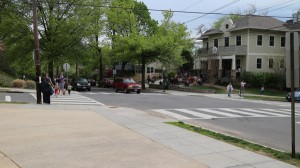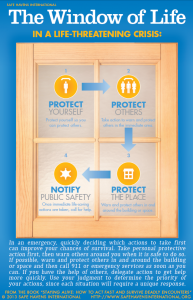School Assault
A mother of a student at Grover Elementary School in Akron was sentenced for a school assault. Last February, the mom reportedly got into an argument with a teacher and the principal. She reportedly began cursing at them, pushed the teacher, then knocked the principal to the ground. The principal allegedly hit her head in the fall. When a cafeteria worker attempted to intervene, the mother was alleged to have punched her. The school was placed in a lockdown, and the police were called.
The mother has been sentenced to fourteen months in jail for fifth-degree felony assault, and misdemeanor assault.

School Assault Analysis
A quick look on the Internet did not find definitive statistics on the number of teachers assaulted by parents. There are statistics for school assaults against teachers by students. The U.S. Department of Education reported that in the 2007-2008 school year, 127,120 (4 percent) public school teachers (K-12) were assaulted at school—hit, kicked, bitten, slapped, stabbed or shot. In the same school year, 222,460 teachers (7 percent) were threatened by students.
Suffice to say, teachers are a target for those upset with the educational system. What has been lost is the ability to discuss issues without resorting to physical or verbal violence. Since teachers are authority figures, it is easier for them to become the focal point of frustration for both students and parents.
So what do schools do?
Like everything else related to school safety, school assault prevention requires planning and follow through. What training have your teachers been given in de-escalation techniques? What training have they been given to identify when a person is building up to an outburst? Schools should identify appropriate places for people to meet with parents, places with safe areas to retreat to should an outburst occur.
Of course, the best technique is one that should be used with the children, building a relationship with the parents of trust and open communication. Knowing the parent can help identify points of contention, and can provide a baseline of trust with which to address conflict. It is not a cure all, but it can curtail the incidents of school assaults.
Schools should be safe for everyone.




